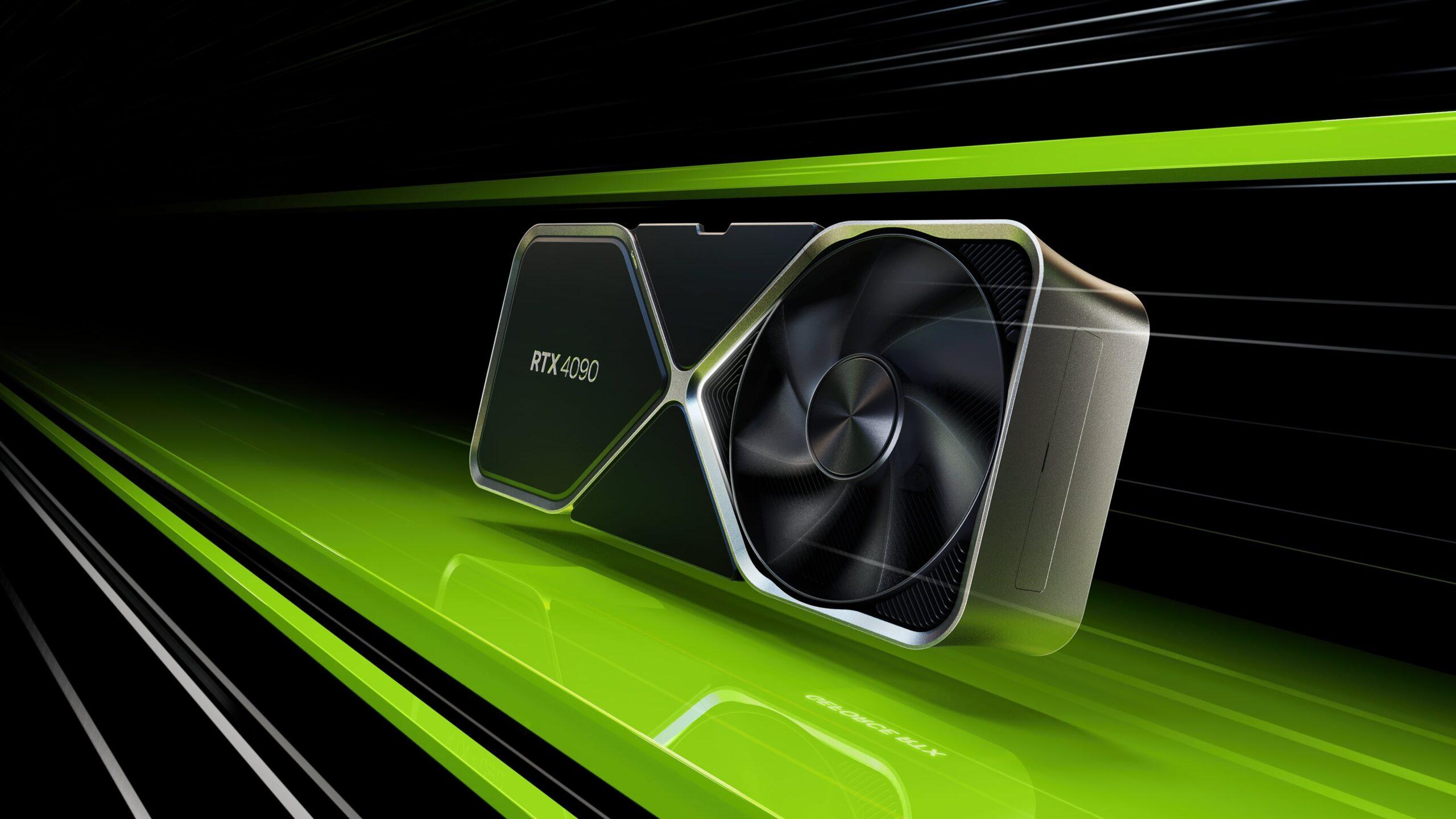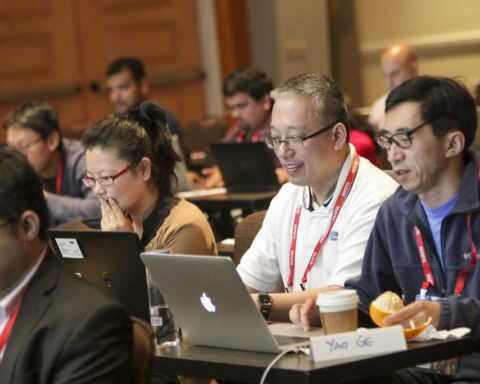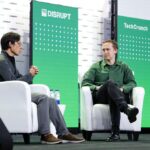In a groundbreaking shift in perspective, Nvidia CEO Jensen Huang is urging enterprises to embrace a new paradigm: the “AI factory” over the traditional data center model. This innovative approach signals a bold departure from the status quo and promises to revolutionize the way businesses harness the power of artificial intelligence. Join us as we explore Huang’s vision for the future of enterprise AI and the implications for businesses seeking to stay ahead in an increasingly competitive landscape.
Table of Contents
- Introduction
- Recent shift in enterprise AI strategy
- Challenges in transitioning to AI factory mindset
- Key benefits of thinking like an AI factory
- Recommendations for implementing AI factory approach in enterprises
- Essential technologies for building an AI factory platform
- Future outlook on AI factory transformation in data centers
- The Way Forward

Introduction:
Undoubtedly, Nvidia is a name that needs no introduction in the tech world, especially when it comes to GPUs. However, the CEO, Jensen Huang, doesn’t want the company’s contributions to stop there. He wants enterprises to see Nvidia as a one-stop solution for all their artificial intelligence needs. To do this, he proposes a shift in perception: instead of thinking about Nvidia in terms of data centers, he wants businesses to imagine Nvidia as an ‘AI factory.’
The ‘AI factory’ model presents a plethora of advantages. Firstly, it encapsulates the idea of end-to-end AI production. Just like a traditional factory line where raw materials at one end are converted into finished goods at the other, the ‘AI factory’ would allow data to enter as raw input and exit as valuable, actionable insights.
-
- Seamless Integration: This approach would allow companies to incorporate AI and machine learning at every stage of their workflow.
-
- Efficiency and Speed: An AI factory, backed by Nvidia’s robust technology, can process and analyze data at an unprecedented pace.
-
- Futuristic Vision: Nvidia is not merely selling graphics processing units; they are providing a vision for the future – a future where AI is not an add-on but a fundamental part of any business model.
| Feature | Benefit |
|---|---|
| End-to-End AI Production | Seamless integration of AI into business workflows |
| Scalability | Ability to process and analyze large volumes of data |
| Robust Technology | Highly reliable and efficient data processing |
This visionary perspective is a sign of the direction in which Nvidia aims to steer. With this shift, they could become not just a leading player in the tech industry, but also pioneers with a lasting influence on the future of AI application in enterprise.

Recent shift in enterprise AI strategy
In a recent keynote, Jensen Huang, the CEO of Nvidia, made a compelling case for businesses to rethink their traditional perspective on AI strategy. Instead of desiring for a data center, companies should now aspire towards building their very own ‘AI factory’. By this he means creating a comprehensive system that churns out AI models efficiently, effectively integrating with the organization’s core operations.
The AI factory concept implies a total rethinking of the AI production cycle. Not only does it mean creating AI models, but also fine-tuning, testing, and deploying them smoothly. Following are the suggested shifts in strategies:
-
- Increased Focus on Model Development: Prioritizing model-building from the very start of any AI project.
-
- Emphasizing Computational Power: Optimizing algorithms to perform with maximum efficiency on powerful chips.
-
- Model Life-cycle Management: Ensuring an AI Model’s effectiveness beyond deployment with continuous monitoring and maintenance.
| Traditional AI | AI Factory |
|---|---|
| Emphasis on Data | Emphasis on Model Development |
| Restricted by Processor Limits | Optimized for High-Speed Processors |
| Ad-hoc Maintenance | Continuous Life-cycle Management |
Beyond the Shift in Language
Scaling such a factory calls for a fresh perspective that is willing to embrace the new language of ‘AI factories’ instead of ‘data centers’. This is far more than just a shift in terminology. It’s about acknowledging the dynamic nature of AI and its ability to learn, adapt and evolve. The pattern of progress calls for the enterprise community to start thinking like manufacturers of sophisticated AI models, rather than just consumers of voluminous data sets.
Nvidia continues to lead the conversation on this shift in thought, making the case for a radical transformation in enterprise AI strategy. It’s time for enterprises to step up to this new challenge and leverage the benefits of the ’AI factory’. After all, the next-generation AI landscape now necessitates active participation, not mere passive consumption.

Challenges in transitioning to AI factory mindset
The concept of an ‘AI factory’ as proposed by Nvidia CEO illustrates a profound shift in thinking for companies. Instead of conventional data centers, businesses should aim to create factories that mass-produce insights using Artificial Intelligence. Yet, the transition to this mindset poses unique challenges that might act as speed bumps on the road to AI adoption.
Resource constraints might be the first challenge to surface. Businesses are not accustomed to the heavy demand for processing power and storage that AI applications require. As a result, companies must significantly upgrade their infrastructure, which often means hefty investment. Furthermore, AI requires data-literate talent. Finding, hiring, and retaining these specialized personnel are proven hurdles for most organizations.
- Processing power requirements
- Storage needs
- Data-literate personnel needs
Next, comes the challenging task of implementing AI responsibly and ethically. AI systems can unwittingly propagate biases present in their training data, resulting in unfair or harmful outcomes. Managing these potential ethical pitfalls will require concerted effort and commitment from business leaders. Additionally, ensuring AI governance and compliance with existing and emerging regulations adds another layer of complexity to the transition.
| Challenge | Possible Solution |
| Resource Constraints | Invest in infrastructure, attract data-literate personnel |
| Responsible AI Use | Promote ethics in AI, establish bias-check mechanisms |
| AI Governance | Develop robust AI policies, stay updated with regulations |
The transition to an AI factory mindset is not a simple switch, it requires a significant rethink of existing processes, resources, and industry norms. It will require a robust and deliberate strategy to overcome these challenges and optimise for an AI-first approach. However, with the immense potential of AI to transform businesses and industries, the effort can yield dividends many times over.
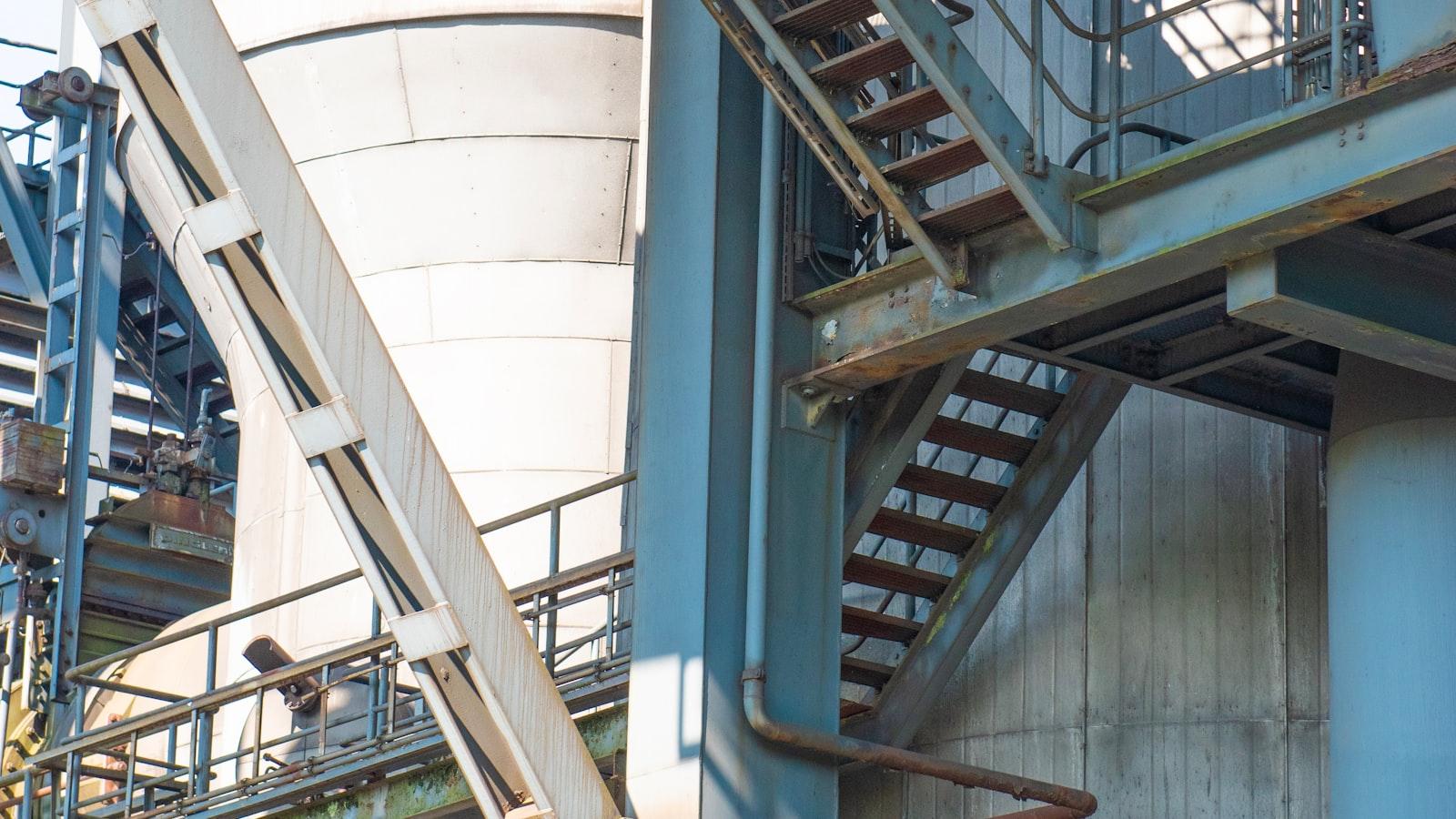
Key benefits of thinking like an AI factory
Delving deep into the mind of Nvidia’s CEO, the concept of ‘AI factory’ over traditional data centers is easily one of the most revolutionary ideas to surface. This fresh perspective brings with it a plethora of benefits that are game-changers in the world of artificial intelligence.
For one, an ‘AI factory’ approach allows for a smooth, seamless integration of AI into ongoing operations. Unlike conventional data centers, it focuses on continuous delivery and improvement, leading to unprecedented speed and efficiency. Existing inputs are consistently re-analyzed to produce enhanced outcomes. Through this iterative process, artificial intelligence becomes an integral part of the fabric of the organization rather than a separate, isolated department.
The second key advantage is the scalability factor. An AI factory approach allows organizations to scale their AI operations swiftly and efficiently without incurring significant costs associated with expanding physical infrastructures. Unlike traditional data centers, the AI factory model avoids creating individual solutions for singular projects.
Instead, this approach promotes the development of general-purpose solutions which can be applied across various projects, thereby allowing for a more extensive utilization of resources.
| Components | AI Factory | Traditional Data Center |
| Integration | Smooth & Seamless | Limited & Disjointed |
| Scalability | High | Low |
| Efficiency | High | Moderate |
| Impact | Organizational-Level | Project-Level |
Synthesizing the above points, a shift towards thinking like an AI factory has the potential to foster a more innovative, efficient, and scalable environment. The constant refinement and learning that this approach promotes, leads to a symbiotic relationship between an organization and its AI operations. In the long run, this could redefine how organizations and industries operate, proving that the Nvidia CEO’s vision is not just a fad or trend but a revolutionary path forward.

Recommendations for implementing AI factory approach in enterprises
Nvidia CEO, Jensen Huang, strongly encourages businesses to redefine their mental models – changing from the concept of a ‘data center’ to the more progressive idea of an AI factory. This shift is suggested as a more holistic way of weaving AI into the very fabric of enterprise operations. With an ‘AI factory’ approach, companies can create interconnected systems that collect, analyze, and feed-back data in real-time, fostering a continuously learning and advancing enterprise.
An implementation of the AI factory involves several critical steps:
-
- Adoption of cloud-native architecture
-
- Formulation of data standardization policies
-
- Development of machine learning models
-
- Promotion of efficient collaborations
-
- Strengthening cybersecurity measures
-
- Continuous evaluation and optimization
Cloud-native architectures are pivotal to establishing an Agile AI environment that is resilient, manageable, and scalable. Implementing data standardization policies would ensure that data inputs are homogeneous and literally ”on the same page”, thus optimizing the quality of insights derived. The development of machine learning models is core to the AI factory as it enables the automation and optimization of operations.
Promotion of efficient collaboration among teams encourages the sharing and leveraging of knowledge for innovation and problem-solving; while cybersecurity measures are essential to guard the AI factory against external threats and internal misuse. Continuous evaluation and optimization is necessary to keep the AI factory up-to-date and to rectify errors for performance enhancement.
| Key Elements | Description |
|---|---|
| Cloud-native architectures | Establishes a resilient, manageable, scalable AI environment |
| Data standardization policies | Ensures homogeneous and quality data inputs |
| Machine learning models | Enables automation and optimization of operations |
| Efficiency Collaboration | Encourages knowledge sharing for innovation |
| Cybersecurity measures | Guards against external threats and internal misuse |
| Continuous evaluation and optimization | Keeps the AI factory up-to-date and remedies errors |

Essential technologies for building an AI factory platform
The concept of an “AI factory” as visualized by the CEO of Nvidia transcends beyond the traditional idea of a data center. This paradigm shift pushes companies to think in terms of building a comprehensive platform that fosters the creation, training, and refinement of AI algorithms. Notably, this demand for AI-fueled transformation goes hand in hand with a range of technologies which are key to constructing an efficient AI factory platform.
Becoming an AI factory involves integrating technologies like Machine Learning (ML), Deep Learning (DL), Natural Language Processing (NLP), and Data Analytics to make actionable insights. Furthermore, it also includes the utilization of Cloud Computing and Edge Computing to ensure the smooth operation of AI applications in real-time. Also, technologies like Distributed Systems and Cybersecurity must be in place to guarantee the safe and reliable functioning of the AI factory.
| Technology | Role |
|---|---|
| Machine Learning and Deep Learning | Creation and training of AI algorithms |
| Natural Language Processing | Enabling human-machine interaction |
| Data Analytics | Turning raw data into actionable insights |
| Cloud and Edge Computing | Hosting and managing AI applications |
| Distributed Systems | Scaling the AI operations |
| Cybersecurity | Ensuring secure operation |
In essence, these core technologies not only underline the operational framework of an AI factory but also help to expand its capabilities and prospects. As such, the discussion of an AI factory versus a data center speaks directly to the ongoing evolution of digital transformation strategies and the growing influence of Artificial Intelligence in reshaping the business landscape.
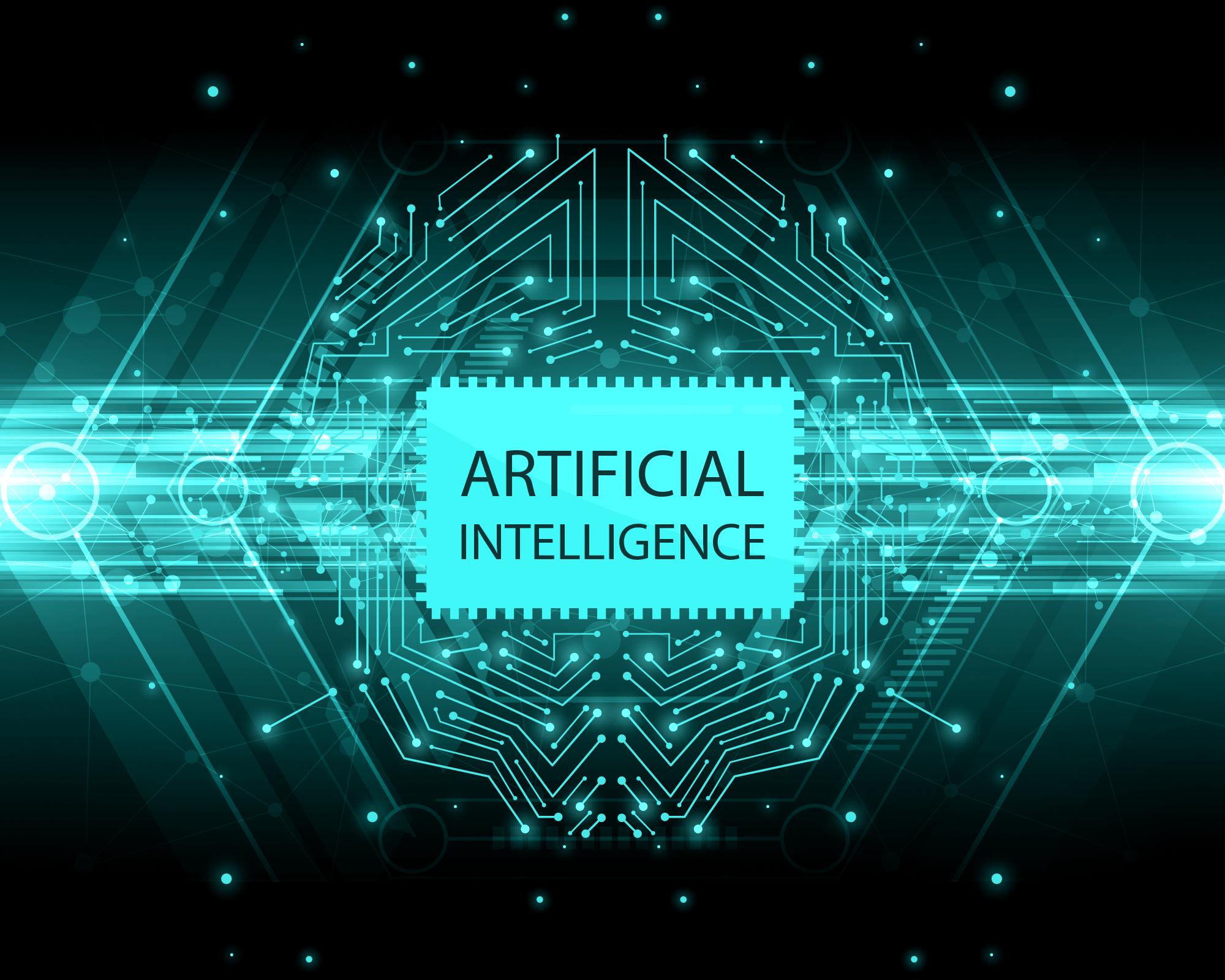
Future outlook on AI factory transformation in data centers
The world of data centers has been evolving rapidly. With advances in AI technology, there’s a shift in how we perceive and utilize data centers – shifting from being mere storage units into AI factories. Nvidia’s CEO, Jensen Huang, strongly believes that enterprises should eventually think of data centers as AI factories.
The concept of an ’AI factory,’ involves data centers actively analyzing and learning from the data that they store. This could open an array of opportunities for enterprises, including predictive analytics, automated decision-making, and real-time insights. For enterprises, this could mean being able to make optimal business decisions swiftly while ensuring the best user experience.
- Predictive analytics: With an AI factory, you can predict various aspects related to your business like market trends, customer behavior, etc.,
- Automated decision-making: AI-powered engines can aid decision-making by automatically considering numerous variables and possibilities.
- Real-time insights: Real-time processing of data can lead to instant insights, helping your business adapt rapidly to changes.
Function Benefits Predictive analytics Anticipate market trends, improve customer targeting Automated decision-making Make informed decisions without human intervention Real-time insights Get real-time metrics for fast-paced decision making To Jensen Huang, the future of data centers lies not just in storing information, but in understanding, processing, and learning from it. They envision a landscape where data centers transform into AI factories that add real value to businesses. This shift of perspective will redefine the roles data centers play, bringing a new wave of technological advancement in the industry.
The Way Forward
And so, as the silicon sun sets on our exploration of Nvidia’s vision for the future, we find ourselves stepping into a world reimagined by the tech titan’s CEO, Jensen Huang. While some continue to focus on the old data center-as-king model, Huang urges us to journey down a less beaten path and explore the realm of AI factories. In this brave new world, data centers are merely the raw industrial zones, the smelting pot, if you will, from which the intelligent machines of tomorrow are conceived. As we transition from the era of pure data crunching to the dawn of machine wisdom, one thing is clear. If Huang’s ambitious vision aligns with the tides of time, we are about to witness the birth of ingenious industries, innovatively automated and intelligently crafted. Only time will tell whether we are ready to step into this future, or if we will shy away from its intimidating brilliance. So, dear reader, what do you think? Is it time we welcomed the AI factory, or do we hold on to our dear data centers a little longer? The choice, as they say, rests with you.
